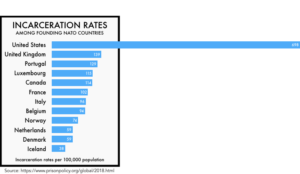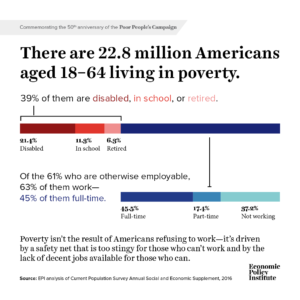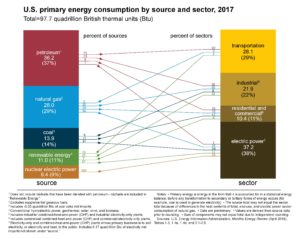 The recent article on Climate.gov Extreme overnight heat in California and the Great Basin in July 2018
The recent article on Climate.gov Extreme overnight heat in California and the Great Basin in July 2018  by Rebecca Lindsey (8/8/18) provides an overview in context.
by Rebecca Lindsey (8/8/18) provides an overview in context.
As the NCEI’s Deke Arndt has blogged about before, nighttime low temperatures are increasing faster than daytime high temperatures across most of the contiguous United States. For much of the West and Southwest, July’s record-breaking nighttime heat is a new highpoint in a long-term trend—one that has rapidly accelerated in recent decades. In California, average overnight low temperature in July rose by 0.3°F per decade over the historical record (1895-2018), but since 2000, the pace of warming has accelerated to 1.3°F per decade.
Here is an example of why this matters:
According to Tim Brown, director of NOAA’s Western Region Climate Center (WRCC), it’s a pattern that has serious consequences for wildfires and those who combat them. When temperatures cool off overnight, it’s not just a physical relief for firefighters who may be working in conditions that push the limits of human endurance; fire behavior itself relaxes as temperatures drop, winds grow calmer, and relative humidity rises.
The graph here for California July minimum temperature is from the article. A stats course can have students create a similar graph for their hometown. Go to NOAA’s Local Climatological Data Map. Click on the wrench under Layers. Use the rectangle tool to select your local weather station. Check off the station and Add to Cart. Follow the direction from their being sure to select csv file. You will get an email link for the data within a day. Note: You are limited in the size of the data to ten year periods. You will need to do this more than once to get the full data set available for your station.
The map here shows statewide minimum temperature ranks for July 2018. It is from NOAA’s National Temperature and Precipitation Maps page. Under products select Statewide Minimum Temperature Ranks and choose the desired time period. A map similar to the one in the article can be generated by selecting CONUS Gridded Minimum Temperature Ranks.









